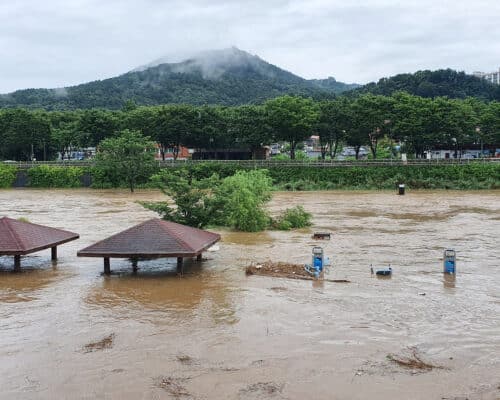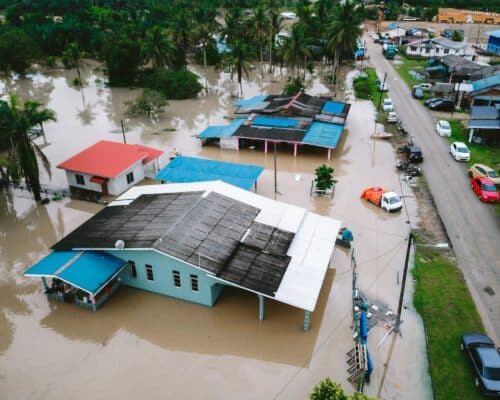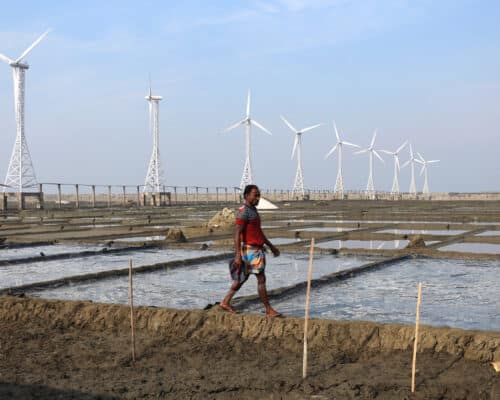Top Impacts of Climate Change in Bangladesh
05 April 2022 – by Eric Koons
The impacts of climate change in Bangladesh are already disproportionately felt. As the world’s eighth-largest country with nearly 165 million people, this may have severe consequences for the rest of the world – from economic growth issues to a massive social fallout. Bangladesh has to ensure a sustainable climate change adaptation.
Impacts of Climate Change in Bangladesh – High Vulnerability
The country is one of the most vulnerable to climate change due to two main reasons, other than greenhouse gas emissions and high population density. The first is geographical factors, like its regional position, landscape and the location of its population centres. This alone means that over 50% of the country’s population lives in high climate exposure areas deemed highly vulnerable to climate impacts. The second is economics. While the country has the eighth largest population, it is ranked 137th in terms of GDP per capita, globally. The economic impacts of climate change in Bangladesh will be severe, but the people living in Bangladesh are not ready to deal with them.
Bangladesh is the Victim and not the Culprit of Changing Climate
Many view this as climate injustice. Bangladesh will be at the forefront of these global issues, but the country itself is not one of the main contributors to global carbon emissions. Bangladesh produces 0.56 tonnes of CO2 per capita, whereas the United States produces 15.52 tonnes and China produces 7.38 tonnes. Cases like this are one of the main reasons developing countries are calling for the developed world to fund their energy transition efforts.
Even with the energy transition underway, the risk that climate change poses and its impacts are already here. These impacts, as expected, will rise as climate change progresses.
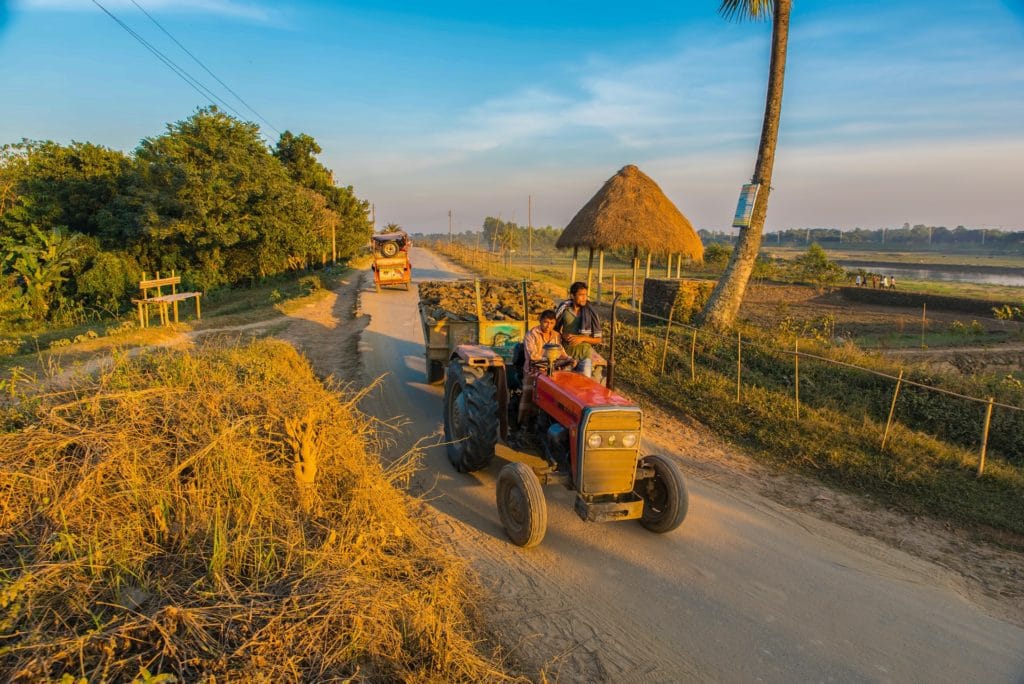
Bangladesh Climate Impacts
In Bangladesh, the top climate impacts include cyclones, flooding, rising sea levels, climate variability, and rising temperatures.
Climate Change Will Make Cyclones Stronger and Bring Natural Disasters
One impact of climate change in Bangladesh is the increased frequency and strength of extreme weather events, like tropical cyclones. The main threats of cyclones are more rain, high wind speeds and storm surges. These concerns are only worrisome for low-lying coastal communities and regions in many countries, but Bangladesh is different. It is particularly vulnerable due to its large river deltas and flat landscapes. The country’s average elevation is less than 10 metres above sea level. These conditions can lead to large storm surges that travel hundreds of kilometres inland, flooding the surrounding countryside.
Since 2007, Bangladesh has experienced a cyclone at least every two to three years. Experts predict that tropical storms will increase in intensity by up to 10% in the next several decades.
The most recent cyclone, Cyclone Amphan, occurred in May 2020. To date, few storms matched its ferocity in Asia. It killed 31 people, destroyed agricultural land and damaged over 83,000 structures. Estimates put the economic burden of this event at USD 131 million. With the storms increasing in frequency and intensity, events like Cyclone Amphan will likely continue to occur. Climate adaptation and disaster risk reduction are the need of the hour.
Flooding Will Impact Low-Lying Regions
Bangladesh’s location, an area where the Jamuna, Ganges and Meghna rivers connect and enter the Bay of Bengal, makes flooding a significant concern. Already, flooding happens yearly, and scientists predict that rainfall will increase by 10 to 15% over the next century. For example, in July of 2021, over 25% of Bangladesh experienced floods. This affected at least a million homes and 4.7 million people.
Flooding damages infrastructure, ruins agriculture and forces people to move. As a result, we see more people increasingly migrating to the population centre of Dhaka, where there is an influx of close to 500,000 people every year. The city is expanding exponentially, yet the infrastructure can’t keep up. Many of these climate refugees live in Bangladesh’s urban slums that lack essential public services.
Sea Level Rise is a Major Risk to the Coastal Areas of Bangladesh
Global sea levels are already rising at an alarming rate. Since 1880, the sea level has risen 8 to 9 inches, and over one-third of that has occurred in the last two and a half decades. Furthermore, scientists estimate that the coastal areas of Bangladesh will see sea levels rise between 0.4 to 1.5 metres by the end of the century, displacing up to 30 million people.
While this alone seems severe, the impacts of sea-level rise go beyond just destroying homes and displacing the population. It also leads to the salinisation of agricultural land and drinking water. This will make some regions uninhabitable and land unable to be farmed. These initial impacts could cause a cascade of effects, culminating in a decreased food supply in the region and even more climate migrants.
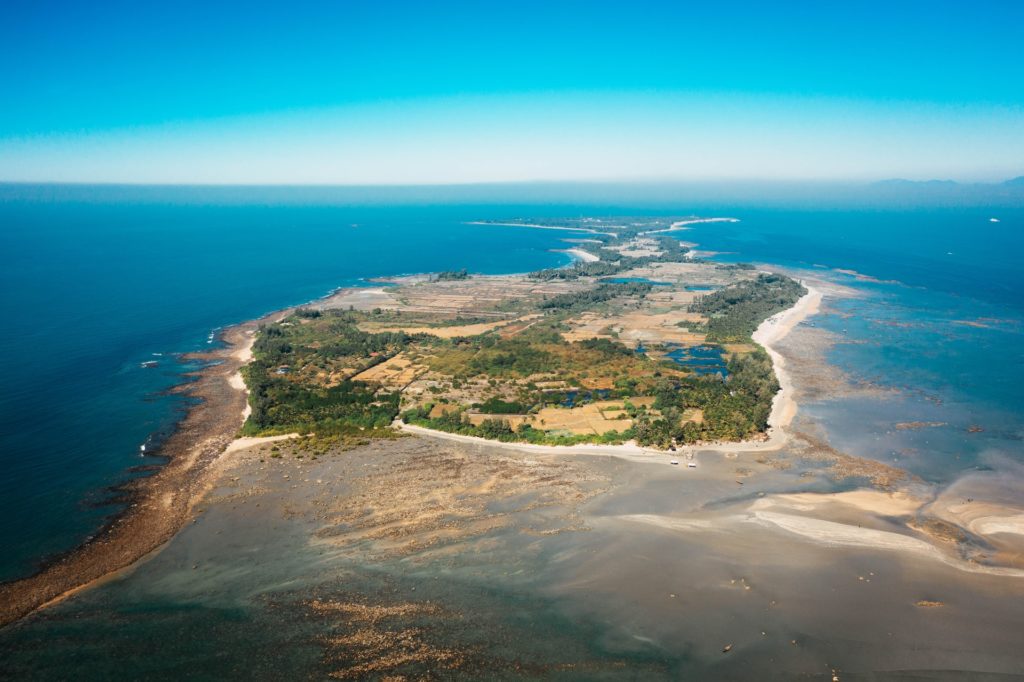
The World Needs Net-Zero Goals
Bangladesh and other vulnerable nations, especially in South Asia, will receive the brunt of the climate impacts caused by global warming. This is a prime example of climate injustice, as these nations are being disproportionately affected in comparison to their own greenhouse gas emission rates. In order to limit these impacts, we need a united effort that is centred around reducing our emissions. This is especially the case for developed countries, which create the lion’s share of emissions. Net-zero goals are an essential milestone in this process, and they are critical if we are going to meet the Paris Climate Agreement target of keeping global warming below 1.5 degrees Celsius.
by Eric Koons
Eric is a passionate environmental advocate that believes renewable energy is a key piece in meeting the world’s growing energy demands. He received an environmental science degree from the University of California and has worked to promote environmentally and socially sustainable practices since. Eric’s expertise extends across the environmental field, yet he maintains a strong focus on renewable energy. His work has been featured by leading environmental organizations, such as World Resources Institute and Hitachi ABB Power Grids.
Read more